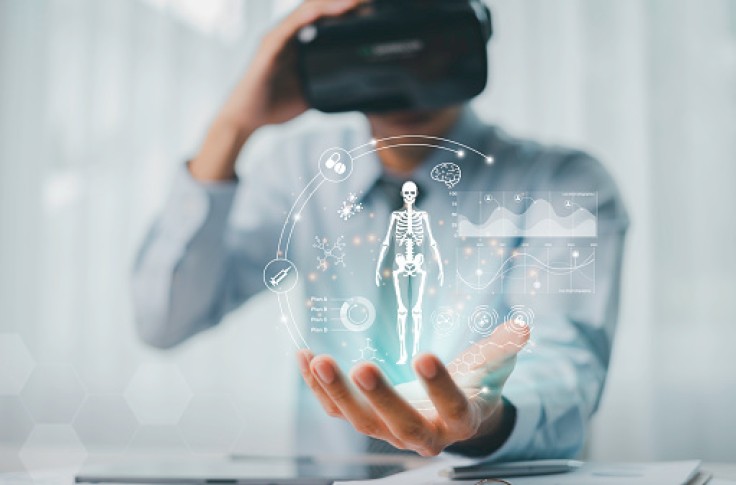VR technology has mostly been popular with video games and entertainment purposes, but experts have been developing more applications it such as medical and educational practices. With the latest innovation, VR can now be used for doctor consultations without having to meet them.

Virtual Medical Checkup
Virtual reality gives its users the chance to see things that could be out of reach for them, and that have been applied to patients and doctors as well. Researchers from the University of Canterbury found a way to adapt the already existing technology to medical use.
This could be helpful for people who have no means to reach a medical facility or practitioner, or the ones who need to have limited exposure. Consultations through voice calls are not as effective as in-person checkups, but VR is the next best thing.
Through the VR headsets, both the healthcare provider and the patient could have access to medical data that cannot only be discussed through a call. For example, it's easier to view medical scans and even 3D models to better explain what's wrong and possible treatment plans.
Experts could use sensors and other devices and connect the,m to the headset, which can be used to monitor vitals like heart rates and collect more information for a more accurate diagnosis, as mentioned in Interesting Engineering.
It even comes with emotion recognition software. APrt of a doctor's training os to react accordingly to how a patient is feeling. With the feature, they'll be able to do just that as well as assess a patient's psychological well-being.
Ph.D. student Dilshani Kumarapeli says that they used a facial capture device and trained a neural network to identify various key emotions. It was an alternative method as the headset interferes with capturing the facial expressions of the patient with a camera.
The emotions that have been recorded will be factored in by the clinician to help manage the diagnosis session. This could be a helpful way for the patient to trust the doctor, as it is an important aspect of doctor-patient communication.
Currently, the technology is still in the works. The researchers will still have to address how much the VR headsets cost since they aren't exactly budget-friendly, and there are a lot of healthcare regulations to go through first.
VR in Healthcare Education
Studying is easier when you have visual aids, especially for ones that require you to study anatomy and cells among many other things. For doctors, it would be easier to visualize what goes on in a human body when they have a 3D model to view it with.
With virtual 3D models, medical students can view them, rotate them, dissect them, and do all sorts of manipulation that lets them understand all the aspects of anatomy better. It can even be a faster source of information as opposed to browsing through books.
Aspiring medical practitioners can interact with virtual imagery in a more immersive way. As pointed out by JMIR Publications, there are various surgical activities like VR simulators, 3D anatomical models, virtual dissection tables, virtual worlds or environments, and mobile VR.









